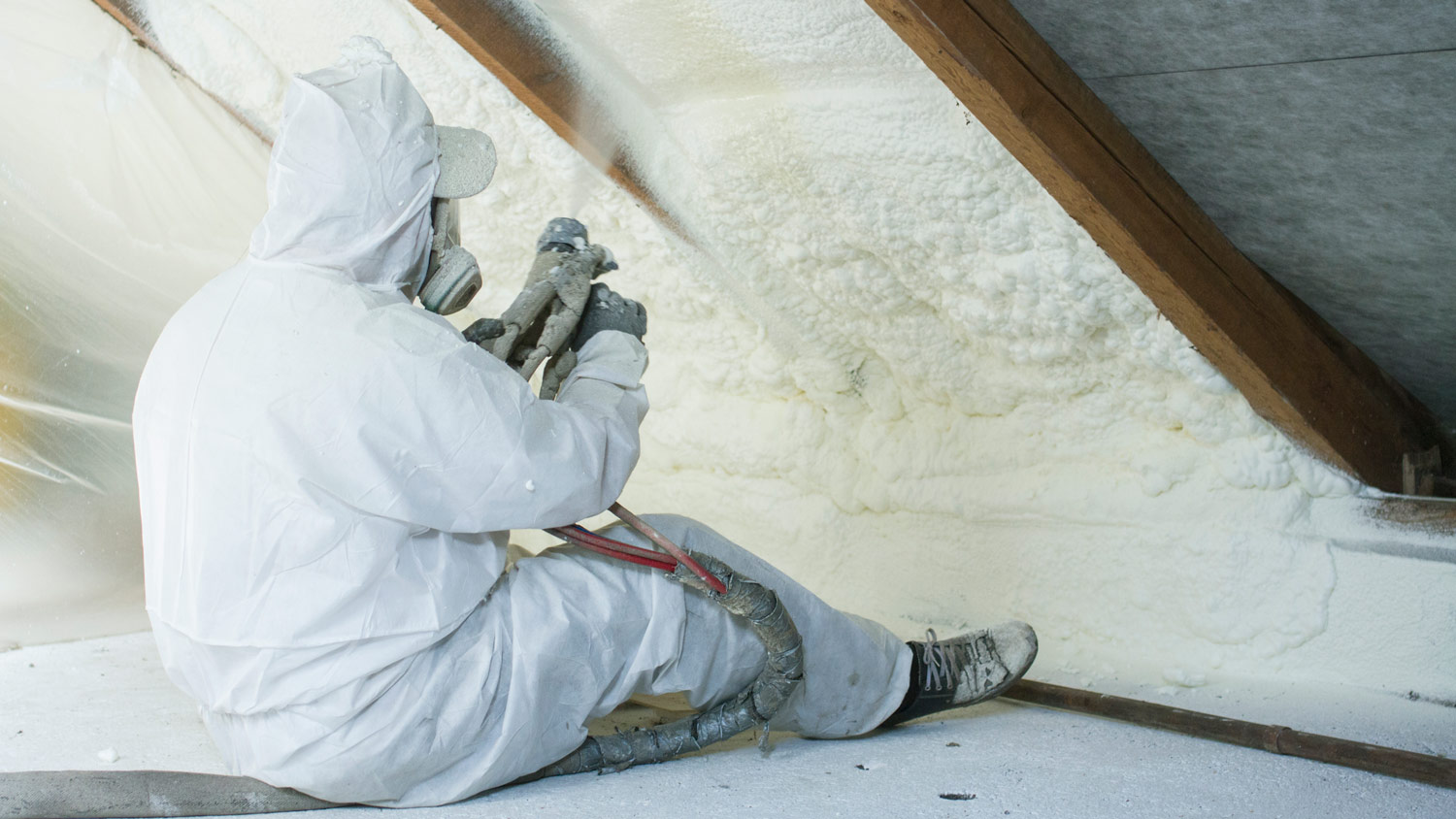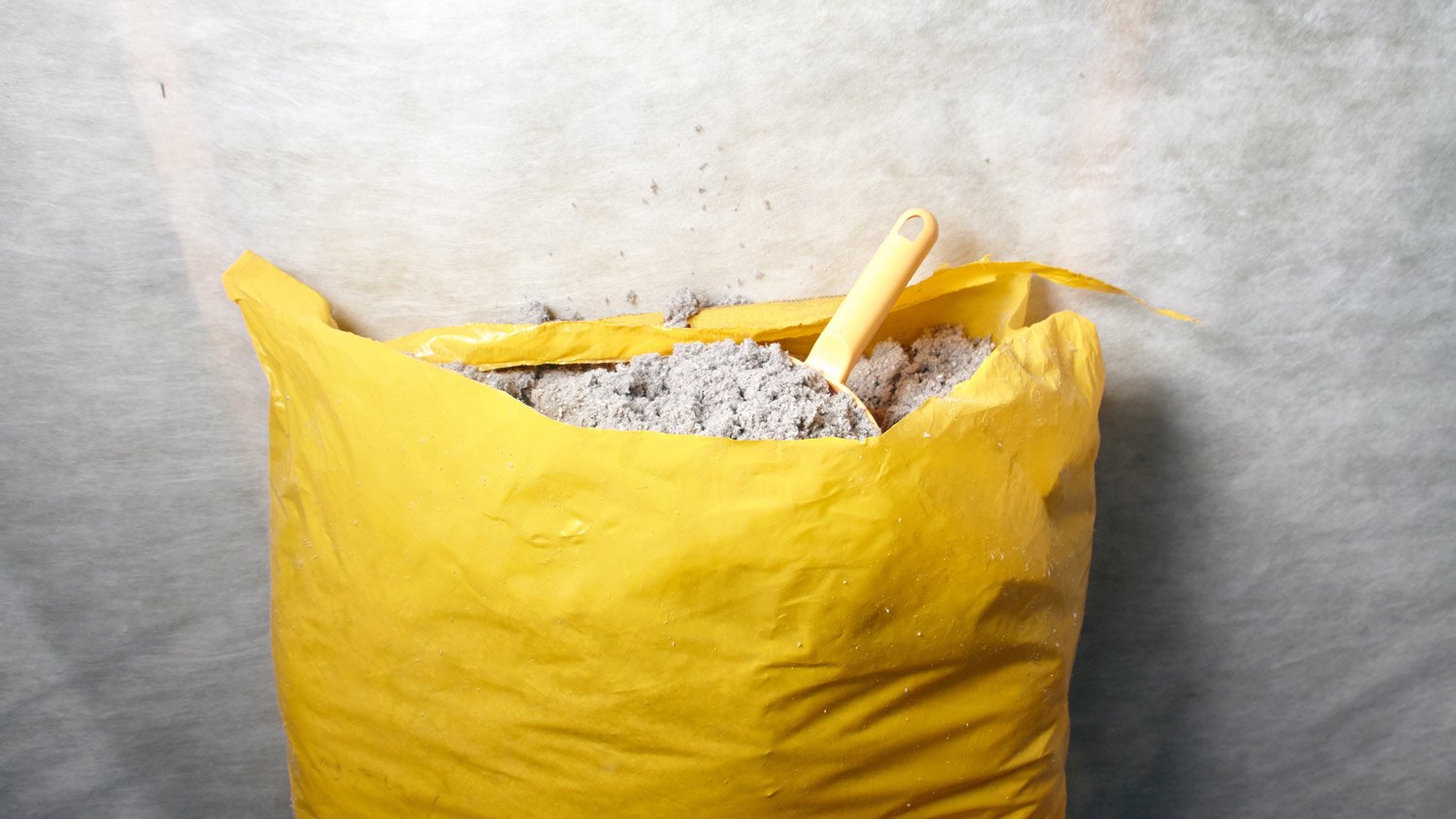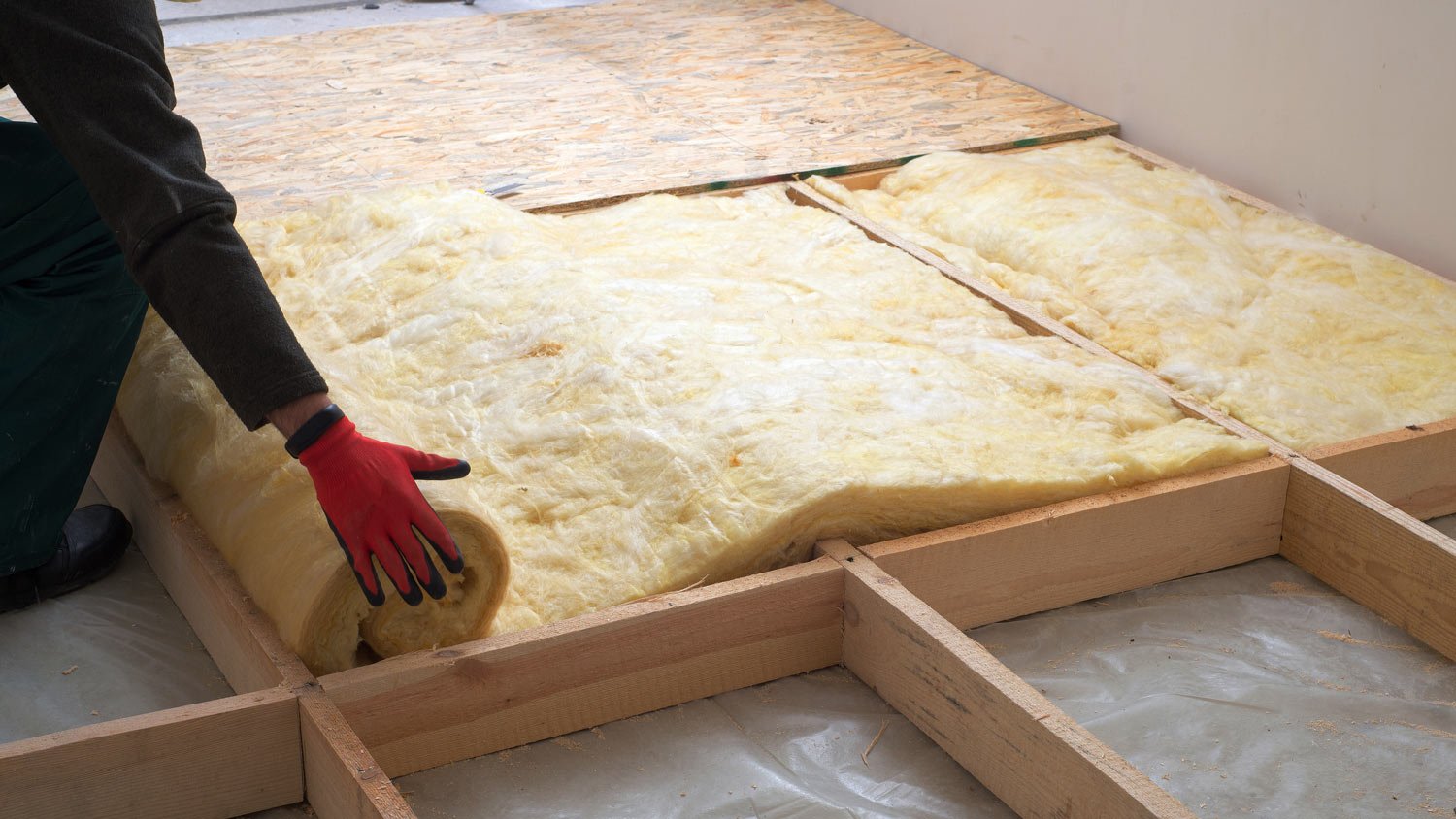The 5 Most Common Types of Home Insulation
Choosing the right type of insulation for the job can help reduce your energy costs


Choosing the right kind of insulation for your home can help keep you more comfortable and can also take a sizable chunk out of your monthly energy bill. According to the Environmental Protection Agency’s ENERGY STAR program, you can save an average of 15% yearly on heating and cooling costs with a well-insulated home. These savings add up to $200 each year.
Even with these obvious benefits, the North American Insulation Manufacturers Association released a study in 2015 indicating that 90% of American single-family homes are not properly insulated. In other words, most homes could use an insulation boost.
Before you hire a local insulation company to get to work, take some time to learn about the five common insulation types and how people typically use them.
What Is an R-Value?
Before you consider each type of insulation, it is important to understand something called the R-value. This is a measurement that indicates resistance to heat flow. The higher the R-value, the better the insulation will be at reducing energy loss. A product’s R-value will be on the packaging somewhere, so be on the lookout.
Common Types of Insulation
Here are the five most common types of insulation you are likely to encounter.
Fiberglass Insulation

Fiberglass is an extremely common insulation material, as it is relatively inexpensive, easy to install, resistant to moisture damage, and non-flammable. You can buy fiberglass pre-shaped as blanket batts and rolls, or you can get loose fill to make your own insulating partitions.
Pre-shaped batts and rolls are DIY-friendly, as they are designed to fit into the standard width between wall studs, floor joists, and attic rafters. Fiberglass batts and rolls are available in varying density options, each with its own set of R-values.
“There are two types of fiberglass insulation, faced and unfaced,” says Bob Tschudi, Angi Expert Review Board member and general contractor in Raleigh, NC. “Basically, faced insulation has Kraft paper or plastic and keeps moisture out, while unfaced only insulates. Faced insulation is used for floor, attic, and ceiling, while unfaced is used for reducing noise and for energy conservation.”
As a note, you should always wear protective gear as you handle fiberglass, as it is a dangerous lung and skin irritant. Make sure to wear a mask and gloves, and don’t allow your bare skin to come into contact with the material. Read the safety instructions on your specific insulation for further guidance.
Polyurethane Spray Foam Insulation

Polyurethane spray foam is a great choice for adding insulation to finished areas, abnormally shaped areas, and for working around obstructions like corners and crawl spaces. Liquid polyurethane expands and hardens into a solid foam that is mold-resistant, mildew-resistant, and even noise-resistant.
For larger jobs, you can buy pressure sprayed foamed-in-place blocks of polyurethane that you place behind open walls and between rafters.
Polyurethane spray generally falls into one of two categories.
Open-Cell Spray Foam
Open-cell polyurethane foam will puff out quite a bit, making it a great choice for little nooks and crannies throughout the home. Open-cell spray foam is not an ideal moisture barrier, so avoid using it in attics, basements, and crawl spaces.
Closed-Cell Spray Foam
Closed-cell spray foam is moisture-resistant, making it an ideal alternative to traditional fiberglass. Just a warning: Spraying foam from a can may seem easy and particularly suited for DIY enthusiasts, but you should contact a local spray foam insulation pro before attempting to use closed-cell polyurethane for a large job.
The spray foam insulation cost will be more if you hire a pro than if you do it yourself, but a qualified contractor will be able to spread the foam evenly and avoid causing a mess.
Cellulose Insulation

Cellulose is an organic, loose-fill material made from recycled paper, making it an environmentally friendly insulation choice. This type of insulation is usually treated with chemicals to ensure better resistance against moisture and pests.
Loose cellulose can be a fantastic option for filling irregular-shaped areas and working around obstructions. If you want to install cellulose insulation yourself, you can pour it into the desired location or rent an insulation blower from a reputable hardware store.
Properly placing cellulose insulation can be tricky, as it can sag or damage the structural integrity of your home. A local blown-in insulation pro will expertly avoid any common mistakes.
Mineral Wool Insulation

Also known as rock wool insulation, mineral wool is comparable to fiberglass. Wool insulation costs more than fiberglass but does not carry the same health risks. This material is an excellent fire retardant, in addition to being moisture-resistant, heat-resistant, and noise-resistant. Mineral wool is available as a loose fill that is blown into the desired area or poured out of bags. You can also find it as pre-cut batts, simplifying the installation process.
As a note, mineral wool is heavier than fiberglass, so check the structural integrity of your walls and floors before placing it.
Reflective or Radiant Barriers

Reflective or radiant barriers work in a completely different way from most types of insulation. There is no R-value to measure when it comes to these barriers, as they do not reduce the heat flow in a home.
Instead, reflective insulation directs the heat away from the home. These barriers are constructed from lightweight foil or painted-on reflective coating, in addition to a sturdy base made from thick paper or bubbled polyethylene.
Radiant barriers are cost-effective, DIY-friendly, and fantastic in reducing energy costs in the summer. However, they won’t make much of a difference during the winter months.


